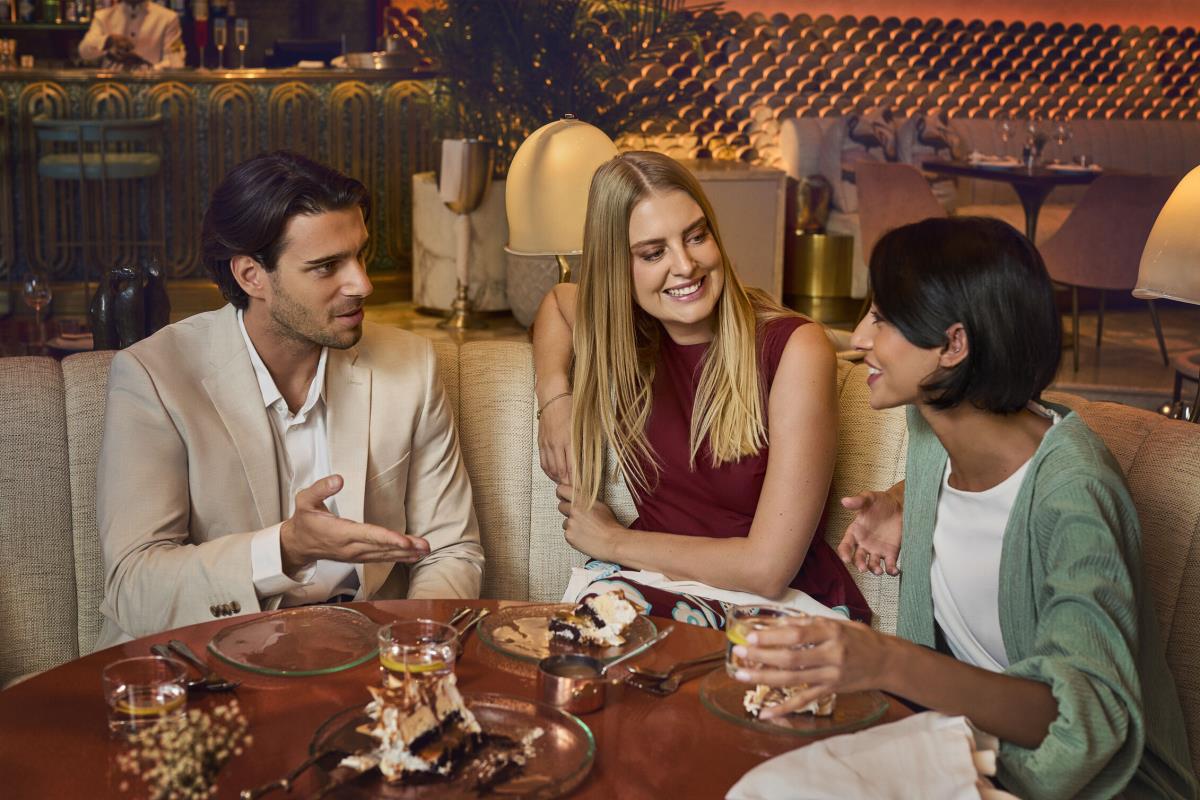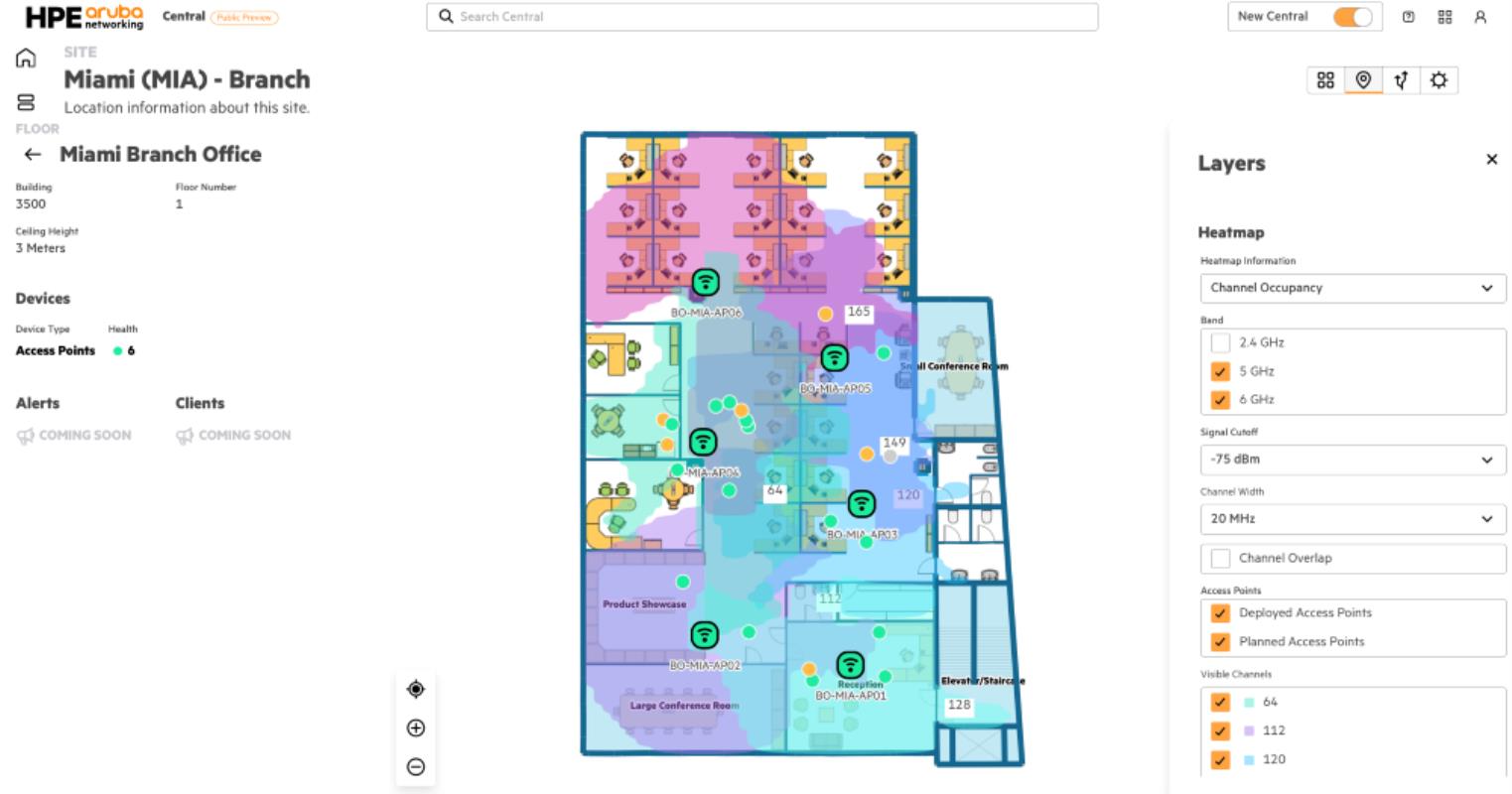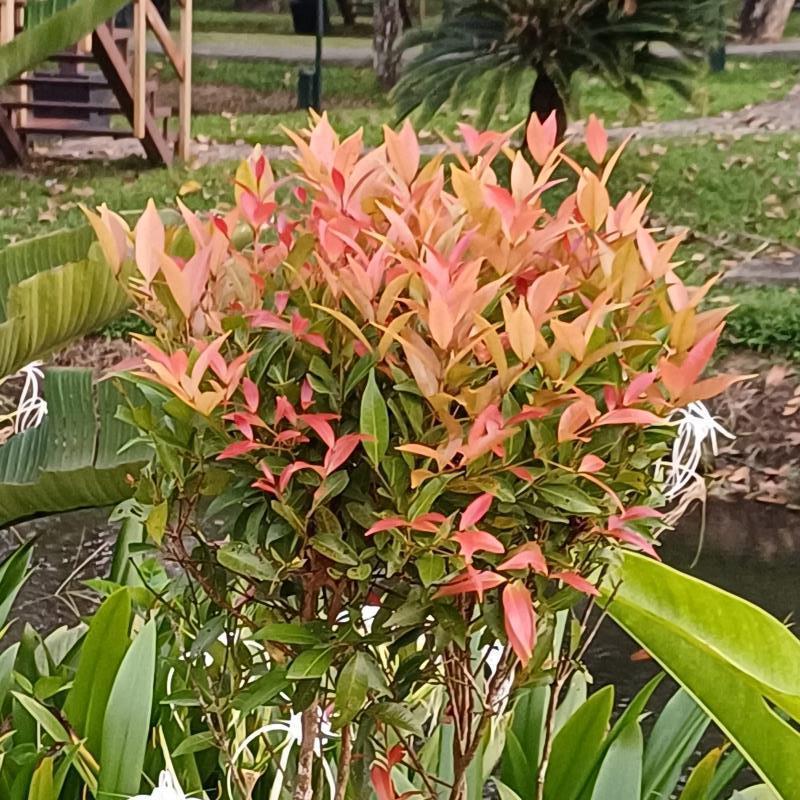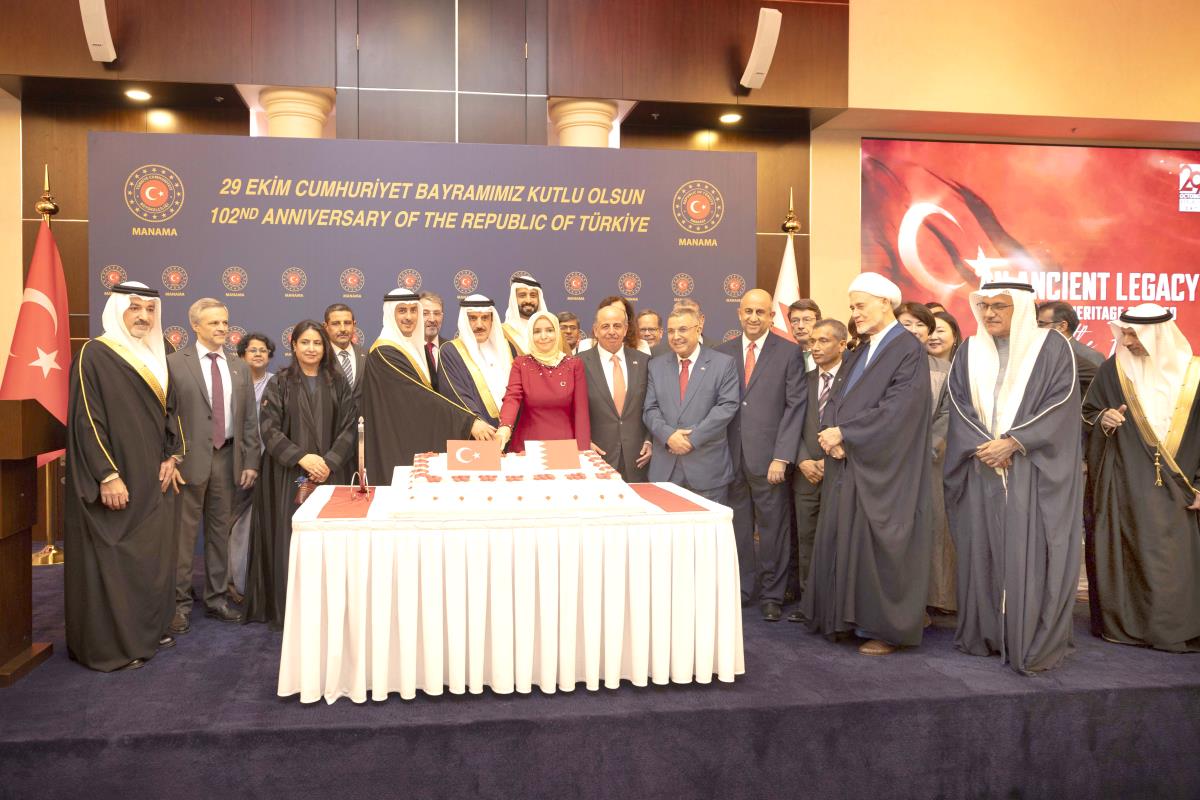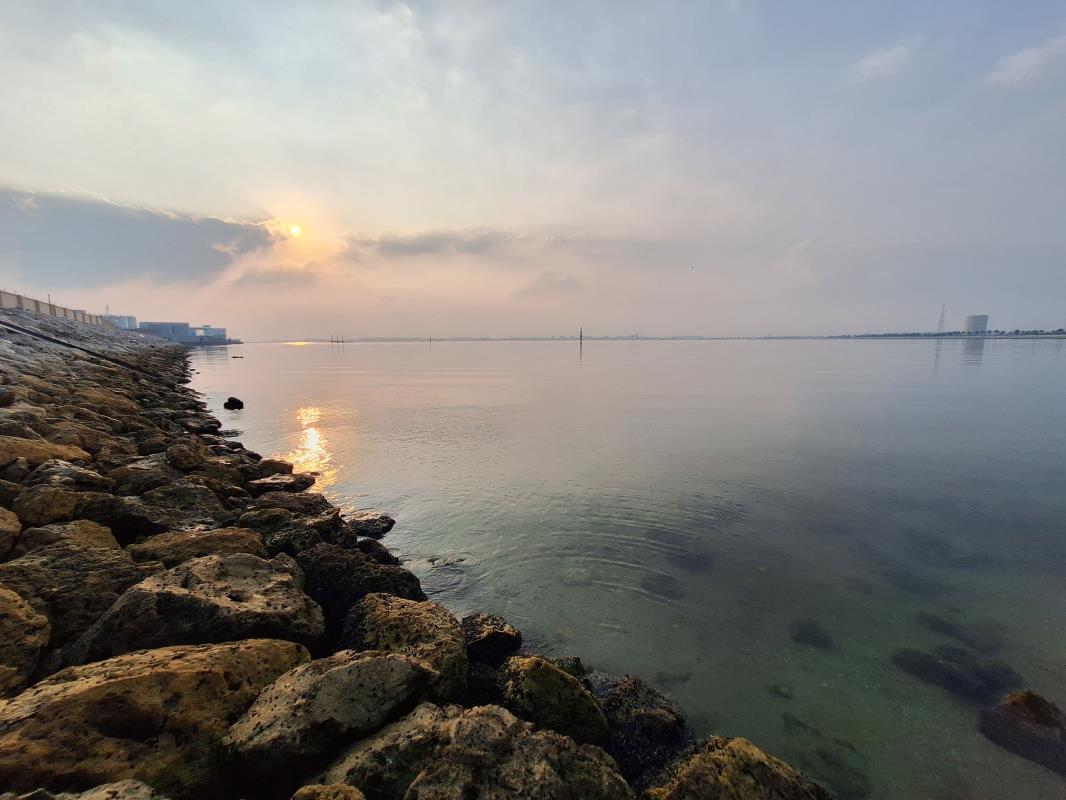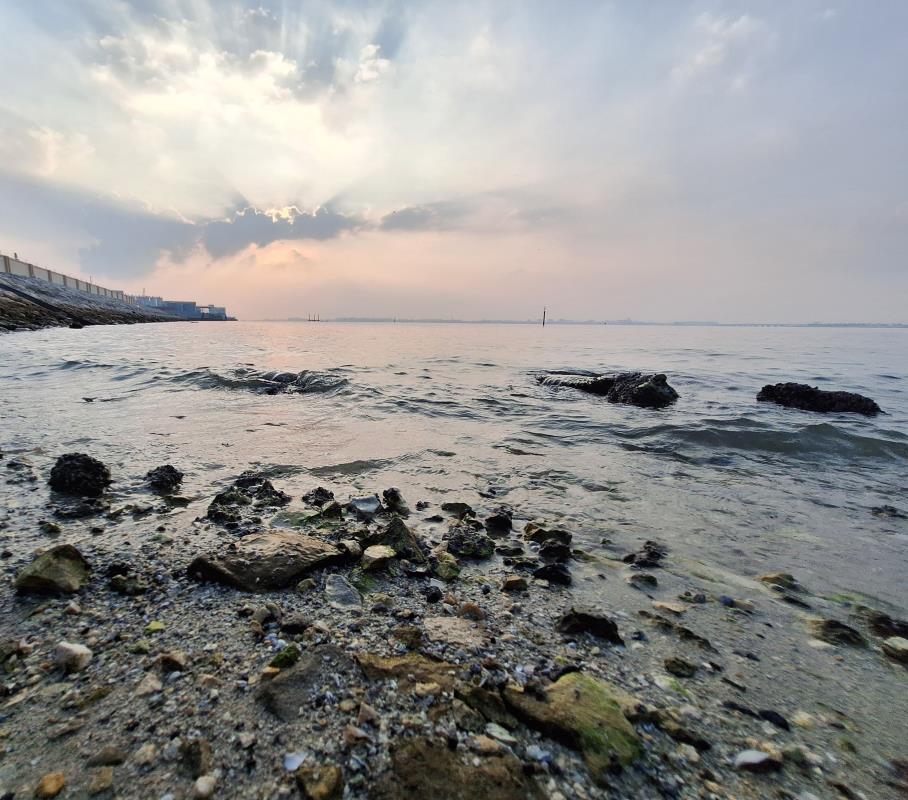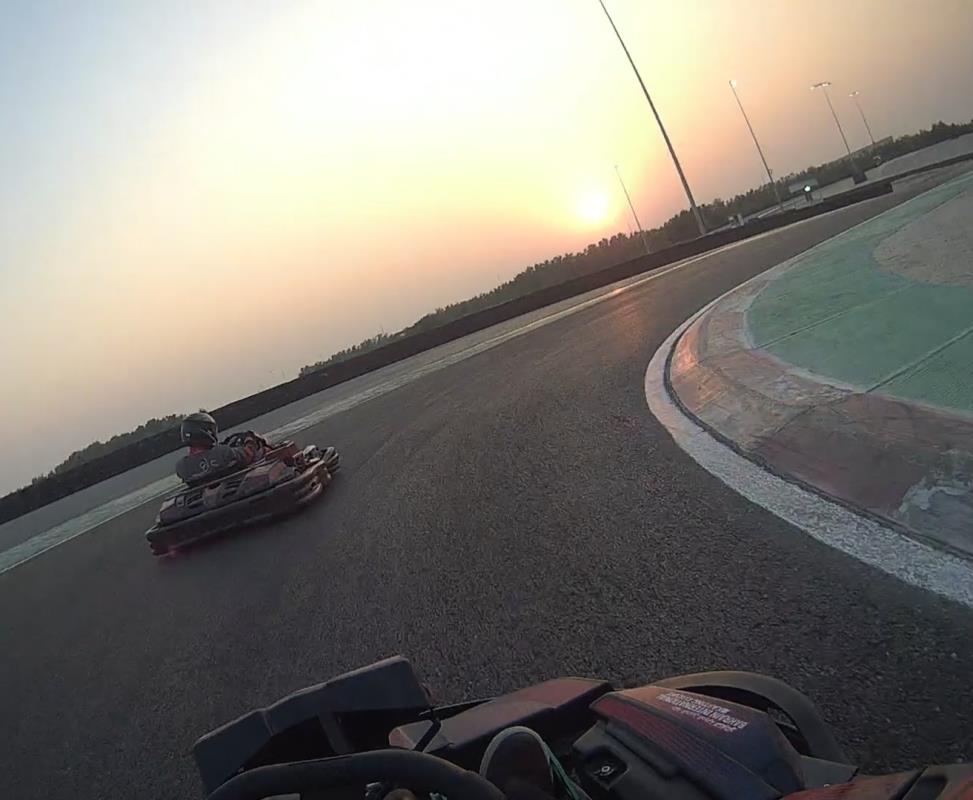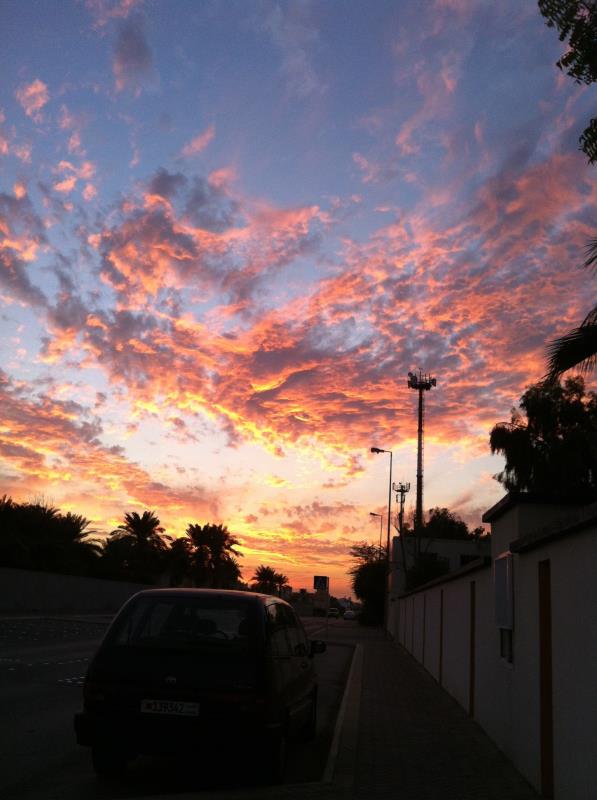
Warning signs in the Pacific Ocean have had scientists on alert since July. The waters around Hawaii were so balmy that divers could swim without their usually obligatory wetsuits. Once-bright coral are losing their color. It all points to a terrifying prospect: the “blob” that rolled in nearly five years ago bringing death in its wake just might be back.
The original “blob” was an ocean heatwave that got its name for the splotch of red it made on maps in 2014 and 2015. Scientists had never seen anything like it before. It was massive, spanning the Pacific from Mexico to Alaska. Ocean surface temperatures rose as much as 7 degrees Fahrenheit above average. In the reefs surrounding Hawaii, that was enough to kill between 50 and 90 percent of corals.
“WE WERE TOTALLY UNPREPARED. WE WERE NAIVE AS A SCIENCE COMMUNITY.”
The scale of death was drastic, but there’s still some uncertainty over just how much was lost. “We were totally unprepared. We were naive as a science community,” says Greg Asner, director of Arizona State University Center for Global Discovery and Conservation Science, who is based in Hawaii. His team chases coral bleaching events the same way storm chasers track tornadoes and hurricanes. Coral bleaching occurs when stressed corals lose their color and often die, and this damaging phenomenon is becoming increasingly common. Half of Australia’s Great Barrier Reef has died off since 2016. The world has lost nearly a quarter of all its coral reefs in the past 30 years. The measurements Asner’s team takes will help calibrate the first satellites to track coral bleaching from space. And that could be key to saving what’s left and even restoring what’s gone.














































